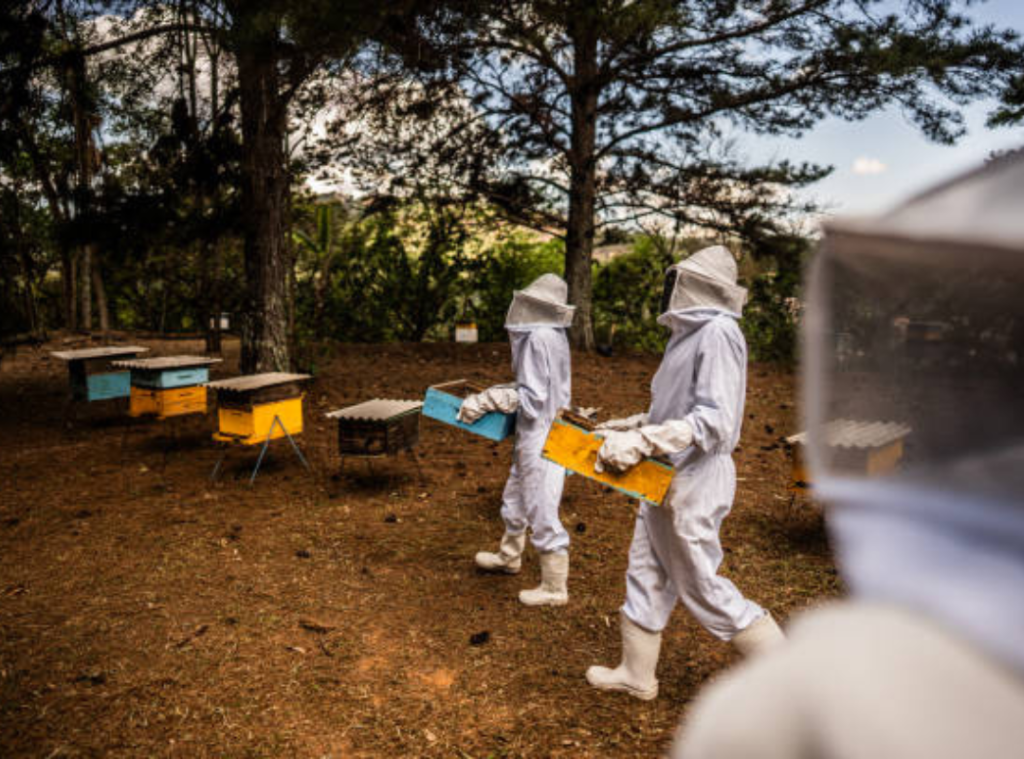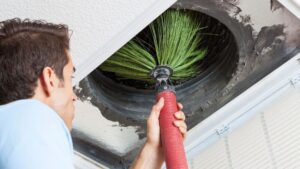
How to Coexist With Pollinators Safely at Home
Coexisting with pollinators in a way that protects both nature and your safety is possible when we take a balanced approach. Pollinators, like bees, butterflies, and hummingbirds, are essential to our ecosystem. They support the reproduction of flowering plants and boost food production. Their presence ensures biodiversity and the health of our environment. However, pollinators can sometimes become a concern when they nest too close to homes or areas with heavy human activity. By understanding their behavior and following safe practices, it’s entirely possible to coexist with pollinators without compromising safety. The key lies in balancing respect for these creatures with smart, preventive measures around your home and garden.
Understanding Pollinators and Their Importance
Pollinators are animals that transfer pollen from one flower to another, enabling plants to produce fruits and seeds. Among the most effective pollinators are bees, but other insects like butterflies, beetles, and even birds contribute significantly to this process. The health of our environment and the abundance of our food supply heavily depend on these pollinators. Learning how to coexist with pollinators helps ensure they continue to thrive, supporting the delicate balance of nature that benefits everyone.
Creating a Pollinator-Friendly Environment
To coexist with pollinators, it’s beneficial to create a home environment that welcomes them while maintaining safety. Here are several strategies to help you coexist with pollinators effectively:
Plant Native Flowers
Incorporating native flowering plants into your garden not only provides essential nectar and pollen sources for pollinators but also attracts species that thrive in your region. A variety of plants that bloom at different times throughout the year ensures a continuous food supply, which helps pollinators thrive. Coexisting with pollinators becomes easier when your space offers everything they need to survive and grow.
Provide Nesting Habitats
Many pollinators, especially bees, require specific habitats for nesting and reproduction. Some bees nest in the ground, while others prefer cavities in wood. By leaving areas of bare soil, installing bee hotels, or preserving dead wood, you can offer safe nesting sites. These habitats are crucial for the survival of many pollinators. Creating these spaces in your yard is a great way to coexist with pollinators and give them the resources they need.
Avoid Pesticides
Pesticides can be harmful to pollinators and significantly disrupt their natural activities. When trying to coexist with pollinators, it’s essential to avoid chemical treatments, especially during the blooming period when pollinators are most active. Instead, opt for natural pest control methods that don’t harm bees and other beneficial insects.
Safety Measures When Coexisting With Pollinators
While encouraging pollinators to visit your space, it’s important to implement safety measures to prevent unwanted encounters, especially for families with young children or pets.
Maintain Distance from Nests
If you discover a pollinator nest near your home, it’s important to maintain a safe distance. Most pollinators, such as bees, are not aggressive but may defend their nests if they feel threatened. Educating family members, particularly children, about the importance of not disturbing these areas is crucial. Coexisting with pollinators means respecting their space and allowing them to go about their activities without interference.
Secure Your Home
Take steps to secure your home and prevent pollinators from nesting in unwanted areas. Seal any openings in your home’s exterior, especially in eaves, vents, and chimneys. Pollinators, especially bees, are naturally drawn to gaps where they can establish nests. By securing these spaces, you help create a safer environment for both your home and the pollinators.
Be Mindful of Fragrances and Bright Colors
Pollinators are often attracted to floral scents and bright colors. While this is beneficial for them, it can increase the likelihood of them being drawn to you when you spend time outdoors. When trying to coexist with pollinators, consider wearing neutral-colored clothing and avoid wearing strong perfumes or fragrances to reduce the chances of attracting them unnecessarily.
Recognizing When Professional Help Is Needed
Despite your best efforts, there may be times when pollinators establish nests in areas that pose a risk to human safety. In these situations, it’s advisable to seek professional help. For those in California, a bee removal service in Hollywood, CA, can assist with safely relocating bee colonies, ensuring both human safety and the well-being of the bees. Professional services are an excellent solution when coexistence with pollinators is not possible due to proximity to human activity.
Educating the Community
Promoting awareness about pollinators and how to coexist with them safely is vital. Community workshops, informational pamphlets, and school programs can spread valuable knowledge. These educational efforts can lead to more harmonious interactions between humans and pollinators, benefiting both parties.
Supporting Local Conservation Efforts
A meaningful way to coexist with pollinators is by supporting local conservation initiatives. Many communities run programs aimed at restoring native habitats, planting pollinator-friendly gardens, and reducing pesticide use. Volunteering your time, donating to conservation organizations, or participating in community garden projects can make a significant difference. Supporting these initiatives helps protect pollinators, which in turn supports the overall health of our environment.
Conclusion
Coexisting with pollinators is not only possible but also essential for the health of our ecosystems. By creating pollinator-friendly environments, implementing safety measures, and seeking professional help when necessary, we can enjoy the benefits of pollinators without compromising safety. With continued education and mindful practices, we can coexist with pollinators in a way that supports both human and environmental well-being.




